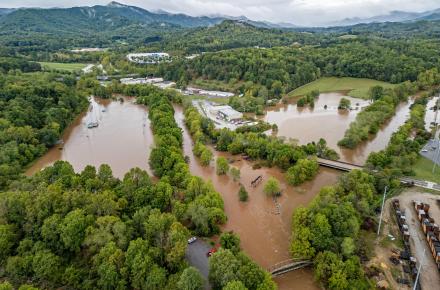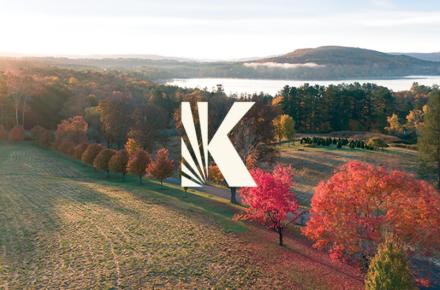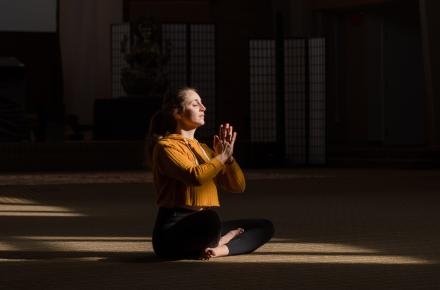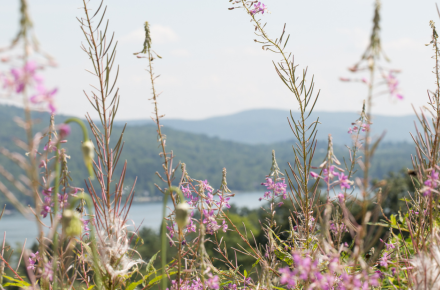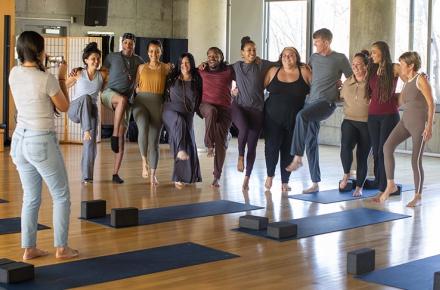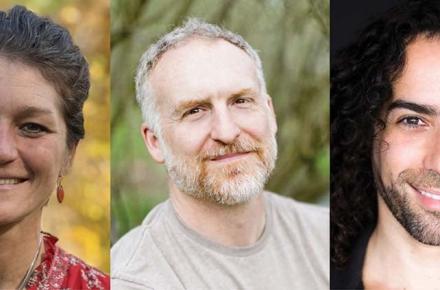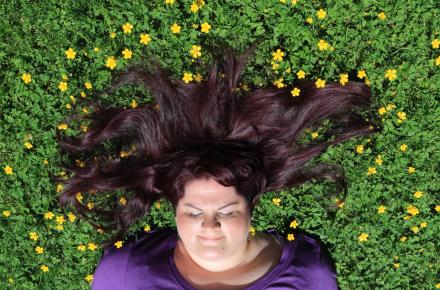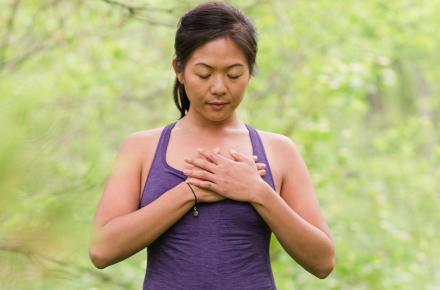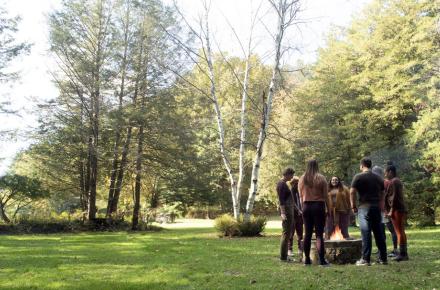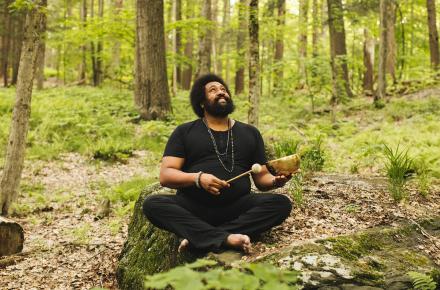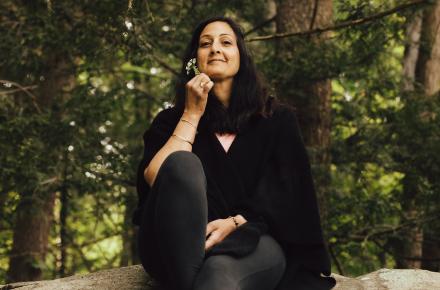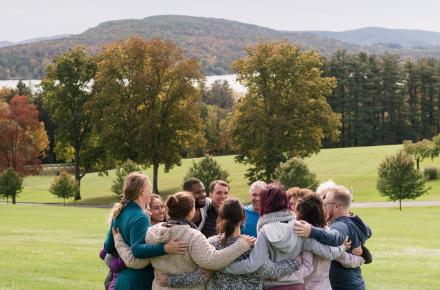The Power of Connection to Heal Trauma

Trauma is about broken connections. Connection is broken with the body/self, family, friends, community, nature, and spirit.
Healing trauma is about restoring these connections. Some years ago, I had the privilege of teaching at the Hopi Guidance Center located at Second Mesa, Arizona. I teach my work by using direct personal experience. Initially, I became aware that there seemed to be a strong resistance among tribal members to participate experientially. I knew that the people were shy, and that they have strong cultural taboos regarding self-disclosure (especially to outsiders). What I didn't know was that they have a worldview so different from mine that I nearly missed it entirely.
I discovered that it was the use of ''I'' that troubled and perhaps even confused the Hopi. When I framed an experiential demonstration in the third person (indicating the healing needs of others), people participated more freely. In Anglo-European cultures, it is the needs of the autonomous ego that dominate perception. In the Hopi culture, it is the needs of the tribal community that are primary. The Hopi are not alone in this worldview. In many aboriginal cultures, the entire group shares the pain of an injured individual.
Because of this felt connection, the healing of a single person naturally becomes the responsibility of the entire group. Specific rituals are performed involving the whole community. The Hopi say that if trauma is not dealt with quickly by the whole group, then its negative consequences will affect the tribe for seven generations.
When it comes to healing trauma, the ''limitations'' I experienced among the Hopi turned out to be vital strengths. I realized that the participation of an entire community is a fundamental resource in the process of healing a traumatized individual. What happens to cultures whose sole focus is self-involvement and autonomy? What lies in store for countries made up of isolated individuals who have little feeling for being a ''people?'' They become, as we have, particularly vulnerable to the disconnection that results from traumatic experiences.
How much of our present dilemma is a result of our own free choice as expanding human beings wishing to evolve toward autonomy, individuality, and pentium-paced technology? How much is a result of the constricting downward spiral of fewer and fewer choices created by traumatic disconnection? I don't know the answer to these ''chicken or the egg'' questions, but I believe that the future of the human species may be predicated upon the unification of tribal connection with individual freedom and autonomy. Our strength and adaptability as human beings lies in the integration of instinct, emotion, and rational thought. If we choose to abandon our instincts, we limit our evolutionary choices—we distance ourselves from the innate resources necessary to experience our connection to others and to the natural world. Without this connection, we are choosing to live in a spiritual void. Without this connection, we cannot heal trauma; we can only build tenuous superstructures around it in a feeble attempt to protect ourselves from its devastation.
There is much we can do to heal trauma and create a pathway towards connection. As individuals, families, and professionals, we can be present for our children in the aftermath of potentially traumatic experiences. Automobile accidents, injuries, serious illness, emergency and necessary medical procedures, violence, natural disasters, and loss (from death or separation) do not have to leave children frozen. Children possess an innate and vibrant resiliency that can enable them to rebound from overwhelm and injury.
When the broken connection between the body, mind, and spirit is restored, when the severed bonds between people and nature have been re-woven, we can begin, as a species, to feel at home on this beautiful planet Earth.
© Kripalu Center for Yoga & Health. All rights reserved. To request permission to reprint, please e-mail editor@kripalu.org.









